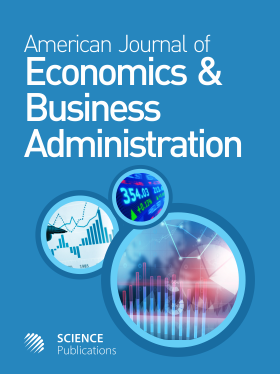Trans Pacific Strategic Economic Partnership With Japan, South Korea and China Integrate: General Equilibrium Approach
- 1 Ehime University, Japan
- 2 Kagawa University, Japan
- 3 Kyushu University, Japan
Abstract
Problem statement: The Trans-Pacific Strategic Economic Partnership Agreement (TPP) is a high standard and broad based Free Trade Agreement that aims to integrate the economies of the Asia-Pacific region. Recently, the US is pressing Japan to join the group. Japan is considering joining the TPP because of the dual considerations of its own economy and the political situation in East Asia. While, South Korea has yet to agree to join the TPP over concerns that their agriculture will be seriously affected. In addition, Japan and the US are employing both military and economic strategies to isolate China. However, China has contacted those already participating in TPP negotiations and shares some common views with Japan and South Korea on agricultural issues. Therefore, in this study, we attempt to assess the possibility of reaching full trade liberalization or trade creation through the TPP with the addition of new member countries including Japan, Korea and China. Approach: A Computable General Equilibrium (CGE) or Global Trade Analysis Project (GTAP) model is used to evaluate the economic effects of a TPP agreement among TPP countries with trade creation. In this study, seven cases were created to distinguish the welfare and trade effects of policy changes. Results: We found that the new member countries among TPP countries with East Asia countries including Japan, South Korea and China would benefit from the FTA among member countries. They gain much more from the real GDP and welfare than the TPP agreement, particularly Vietnam and Korea. This is particularly a fact for trade in the meat product sectors between TPP with Japan, Korea and China, which most of them gain benefit. Conclusion: Therefore, the TPP would benefit both economies and welfare with the eliminate tariff rate.
DOI: https://doi.org/10.3844/ajebasp.2012.40.46

- 5,115 Views
- 4,173 Downloads
- 7 Citations
Download
Keywords
- Trans-pacific strategic economic partnership
- Free Trade Agreement (FTA)
- aggregation
- Computable General Equilibrium (CGE)
- GTAP
